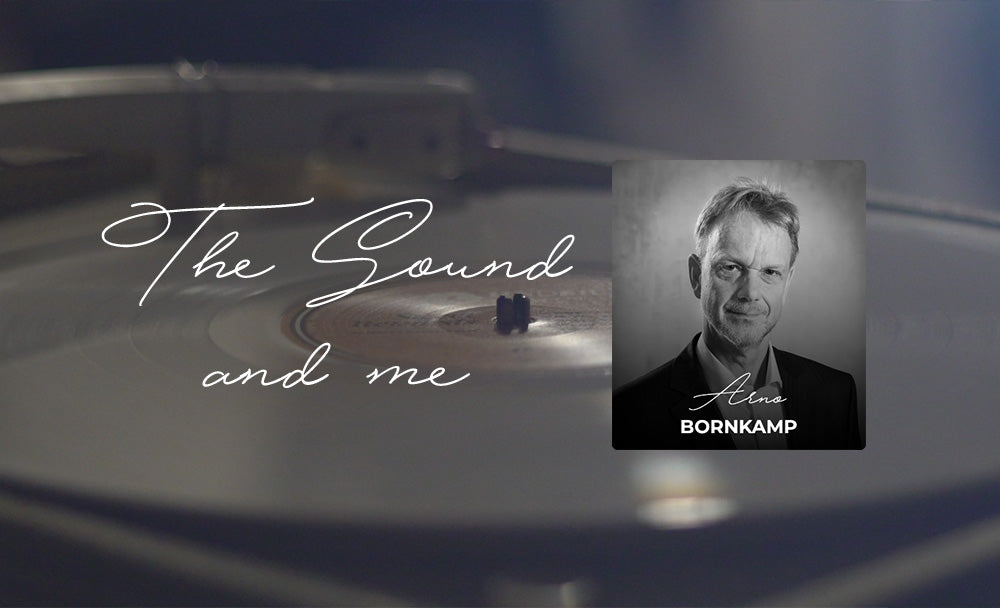The Sound and me #22 with Arno Bornkamp

A chameleonic skin
What I do believe is that the sound is something that we use to move ourselves through the music, but then it is not just about the sound, but also about the dynamics, about the nuances, about the timbre, about the vibrato, which can very much, yes, dictate the sound, especially on a saxophone, where it actually comes across quite naturally. And so the sound actually becomes like a kind of chameleonic skin. It is actually the personification of the player, and in this you can start to recognise people, in that flexibility, dedication, and in how you deal with music.
I learned that when I was at the conservatoire, of course, and not just from my own teacher, Ed Boogaard, but also especially from the teachers who came from Brussels, Daneels, and from Paris came Deffayet, and then came Hemke from America and Iwan Roth and a few others. And actually with everyone the sound was always in the service of how they dealt with music. And I found that very interesting actually, and I also noticed that when there was such a man, for example Deffayet, or, I can also remember very well with someone like Daneels, because of the way they explained things, I actually sounded exactly like such a teacher within a day. So I was actually, perhaps unconsciously, very curious about how that sound could change, how chameleonic we can be. And because of all these influences, I may have at a certain point, also because of my background as a jazz musician, I developed a kind of margin, which made me think: yes, I can move in here. And I think that also the choice of the instrument and the choice of mouthpiece and all those things have enormously to do with how you relate to music.
Flexibility from stability
And, I would actually like to describe that by a kind of metaphor. If you look at an octopus, for example, how it moves in the water, with all kinds of tentacles, and they move, they move up and they move down, but it is very stable in that water, so it moves in all directions but in the meantime it is stable in a manner of speaking. And that is actually what I think every musician can aspire to. Flexibility from stability.
And, I think it might be a kind of great common denominator that by the years I might always be looking for the same element in music and that is what do two notes to each other, and what do perhaps the next two notes with each other, how are they related to each other? And how can I make that heard? How can I show the relationship between the notes? In sound, in intonation in direction, in character. How can I make it heard? And that is why I need that flexibility in that sound.
Looking for "that" element
A year and a half ago I was in the Provence, I think it was in Aix-en-Provence, and there was a beautiful exhibition of the painter Alfred Sisley, and Alfred Sisley was actually an Englishman, but he moved to Paris very early in his career during the great times of impressionism. If you look at those paintings, you can see that he is actually always looking for the same thing but in a different situation. But actually he always paints a landscape with a sky and very often snow as well. And it seems as if his whole life he was sort of fascinated, maybe even mesmerised by how he could do something with the landscape and the sky. And when I walked through the exhibition, I thought, yes, actually I am like that.
All my life I've been looking for the way in which I can connect notes, and maybe a whole phrase or a whole piece, and I do that in all kinds of situations, a bit in the same way whether it's on a Cigar Cutter or an Adolphe Sax or on a baritone, I'm always looking for "that" element and I model my sound after it, and I need a certain amount of stability and flexibility. Actually, it is a skin, and that skin, you can make it discolor, but you can never replace it completely. What can we do without skin? A skin is a life and the sound of the musician is the life of the musician.
► Learn more about Arno Bornkamp
► See all the episodes on our Facebook page and our Youtube channel